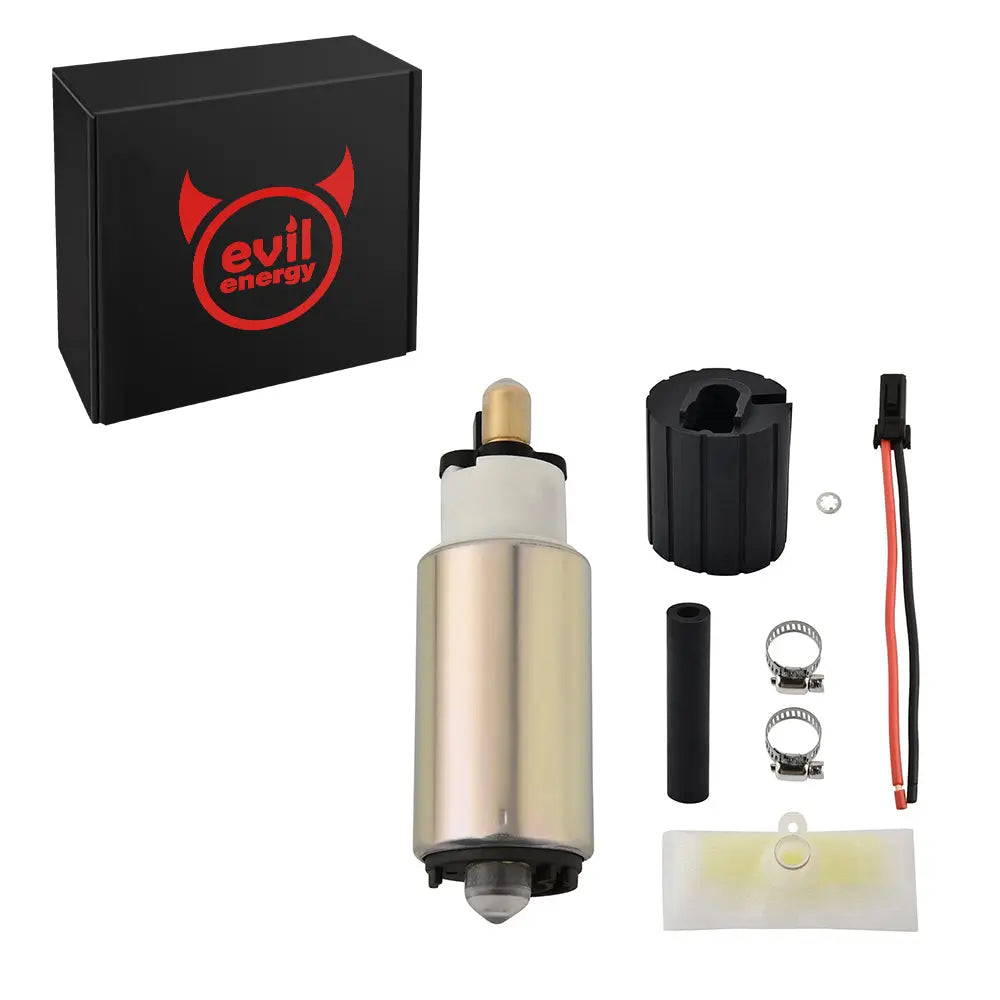When it comes to monitoring the fuel system in any vehicle or machinery, a fuel pressure gauge plays a crucial role. It provides real-time information about the pressure levels within the fuel system, enabling efficient performance and ensuring safety. However, determining the best location to install a fuel pressure gauge can be a critical decision. In this article, we will explore various factors to consider and suggest the optimal placement for a fuel pressure gauge.
- Engine Bay Placement:
The engine bay is a common location for installing a fuel pressure gauge due to its proximity to the fuel system components. Mounting the gauge in this area allows for easy access and quick monitoring. However, it is essential to consider the potential heat and vibration exposure that can affect gauge accuracy and longevity. To mitigate these issues, it is recommended to use vibration-resistant mounting brackets and shield the gauge from excessive heat sources. - Dashboard Integration:
Integrating the fuel pressure gauge into the vehicle's dashboard offers several advantages. It provides a clear and convenient display for the driver, allowing for immediate monitoring without distraction. Additionally, dashboard placement ensures the gauge remains protected from external elements and minimizes the risk of damage. However, this option may require professional installation and modification of the dashboard, which should be performed by experienced technicians. - A-Pillar Mounting:
Mounting the fuel pressure gauge on the A-pillar, the vertical support between the windshield and front side window, is a popular choice among automotive enthusiasts. This placement offers a clean and easily visible location without obstructing the driver's view. However, it is crucial to ensure proper mounting techniques to prevent any interference with airbags or other safety features. Additionally, the A-pillar mount may require customization or the use of specific gauge pods for a secure fit. - Custom Gauge Pods:
For vehicles without suitable pre-existing locations, custom gauge pods provide a versatile solution. These pods can be mounted on the dashboard, A-pillar, or other suitable areas, allowing for a seamless integration of the fuel pressure gauge. Custom gauge pods offer flexibility in placement, ensuring optimal visibility and accessibility. However, professional installation is recommended to ensure a secure and aesthetically pleasing result.
Conclusion:
Determining the best place to put a fuel pressure gauge involves considering factors such as accessibility, visibility, protection, and potential interference. While the engine bay, dashboard, A-pillar, and custom gauge pods are all viable options, it is crucial to prioritize accuracy, safety, and ease of monitoring. By carefully evaluating these factors and seeking professional guidance if needed, you can ensure the optimal placement of a fuel pressure gauge, enhancing both performance and safety in your vehicle or machinery.
